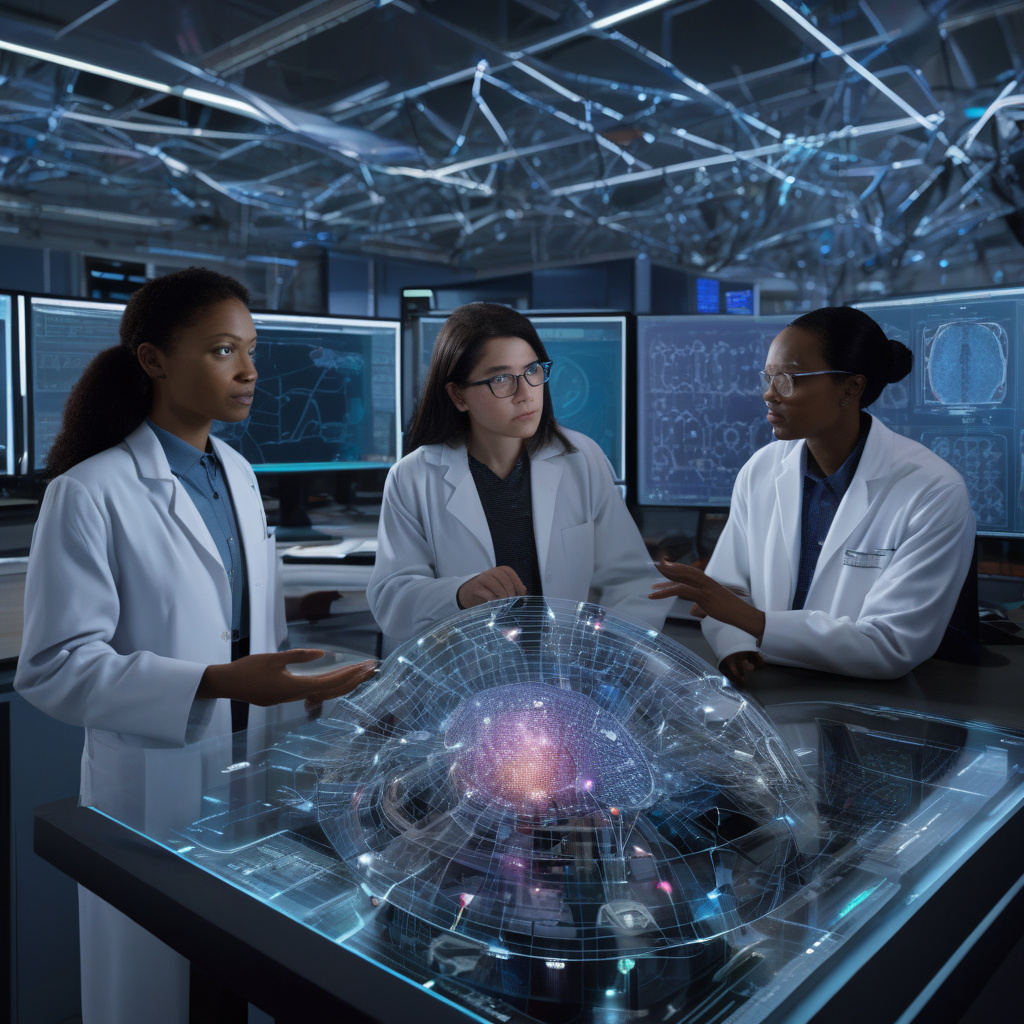Breaking Barriers: How Physics-Informed Neural Networks are Revolutionizing Mathematical Research
In the realm of scientific research, the intersection of artificial intelligence (AI), mathematics, and physics has always been a captivating yet elusive domain. However, a groundbreaking method has emerged, propelling these disciplines into uncharted territories and unveiling new possibilities for exploration and discovery.
The innovative approach in question involves the integration of Physics-Informed Neural Networks (PINNs) to uncover new singularities in fluid dynamics. This unprecedented use of AI has not only redefined conventional practices but has also reshaped the landscape of mathematical research, offering a fresh perspective on longstanding challenges.
Fluid dynamics, a branch of physics that studies the motion of liquids and gases, has long been a complex and intricate field, characterized by its nonlinear behavior and intricate mathematical formulations. Traditionally, researchers have grappled with the inherent complexities of fluid dynamics, often encountering obstacles that impede a comprehensive understanding of the underlying principles governing fluid motion.
Enter Physics-Informed Neural Networks – a sophisticated fusion of AI algorithms and mathematical models that have transcended the limitations of conventional approaches. By leveraging the power of neural networks to approximate complex physical systems, researchers have been able to unveil hidden patterns and structures within fluid dynamics, leading to the discovery of previously unknown singularities.
These newfound singularities represent critical points within fluid flow where the behavior of the system undergoes a dramatic change, offering invaluable insights into the underlying dynamics of fluid motion. By identifying and analyzing these singularities, researchers can gain a deeper understanding of the fundamental principles governing fluid dynamics, paving the way for new advancements and discoveries in the field.
Moreover, the integration of AI with mathematics and physics through PINNs has not only revolutionized our approach to fluid dynamics but has also opened up a world of possibilities for interdisciplinary research. By bridging the gap between traditionally disparate disciplines, researchers can now explore new avenues of collaboration and innovation, leveraging the collective strengths of AI, mathematics, and physics to tackle complex scientific challenges.
The implications of this breakthrough method extend far beyond the confines of fluid dynamics, offering a paradigm shift in how we approach mathematical research. By harnessing the power of AI to uncover hidden patterns and structures within complex systems, researchers can unlock new insights, drive innovation, and push the boundaries of scientific knowledge.
As we stand on the precipice of a new era in scientific discovery, the integration of AI with mathematics and physics through Physics-Informed Neural Networks represents a pivotal moment in the evolution of research. By embracing this groundbreaking method, researchers have the opportunity to delve deeper into the mysteries of the universe, unraveling its complexities one singularity at a time.
#AI, #Mathematics, #Physics, #Research, #Innovation
